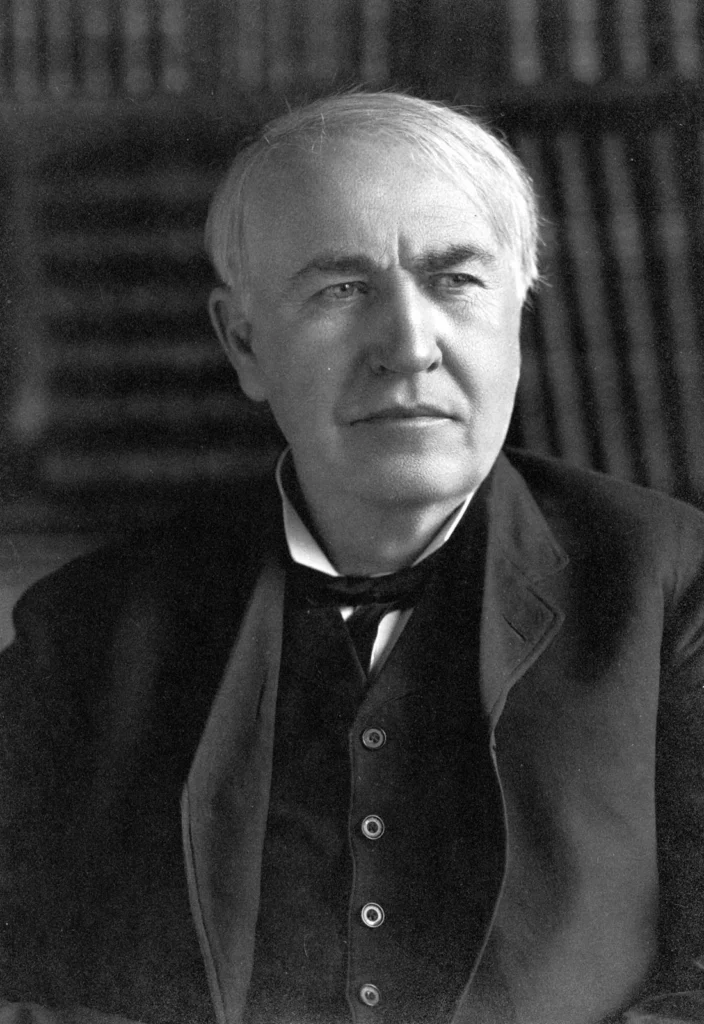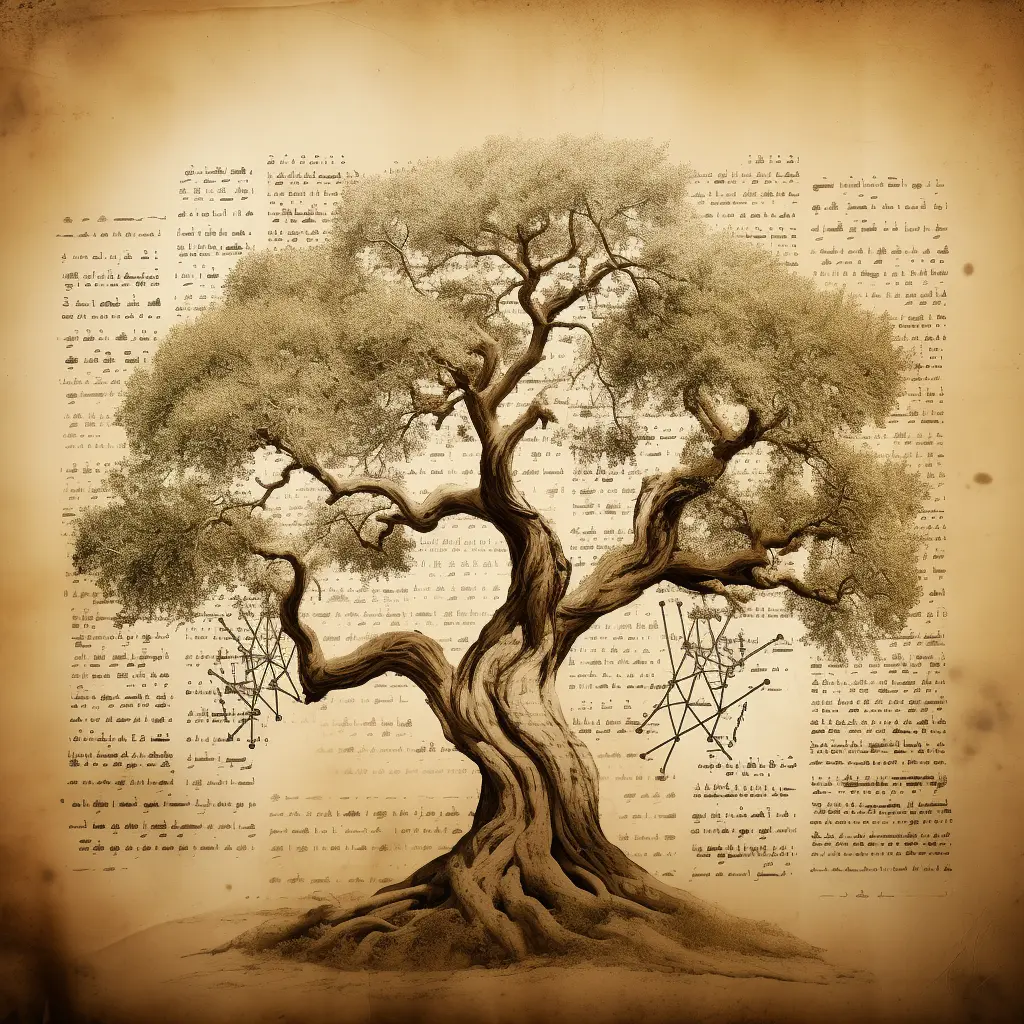
Introduction
Brief Overview of Thomas Edison
Thomas Alva Edison, a prodigious American inventor and businessman, sports an impressive portfolio of over 1,000 patents in his name. Born on February 11, 1847, in Milan, Ohio, Edison demonstrated an irresistible inclination towards scientific experimentation from an early age. His breakthrough contribution was to modern electric power, a technological revolution that altered everyday life substantially. Edison’s profound inventions, especially the practical electric light bulb, phonograph, and motion picture camera, hailed him as one of the greatest inventors who profoundly impacted the course of history.
His enduring legacy in the fields of telecommunication, mass communication, and electrical power generation positions him as a pivotal figure in the second industrial revolution. His life underpins the narrative of determination and perseverance, a testament to his quote, “Genius is one percent inspiration and ninety-nine percent perspiration”. His Montclair, New Jersey laboratory is now a national monument, paying tribute to the indomitable spirit of invention that characterized his life.
Early Life and Education
Edison’s Childhood
Born in Milan, Ohio, on February 11, 1847, Thomas Alva Edison was the youngest of seven children. His mother, a former schoolteacher, undertook his education after his expulsion from public school due to perceived misbehavior. This atypical schooling fostered curiosity and a self-starting mindset in the young Edison. His voracious appetite for knowledge led him to read a wide range of subjects. At age 15, he began working as a telegrapher, which sparked his interest in applied science. This budding fascination, coupled with his resourcefulness, marked the beginning of his journey towards becoming one of history’s greatest inventors.
Educational Background
Born in Milan, Ohio, in 1847, Edison attended school briefly, receiving just a few months of formal education. Struggling in the traditional classroom setting due to a hearing impairment and an active mind, he found formal schooling difficult. His mother, a former schoolteacher, however, took to educating him at home, fostering his inquisitive nature. Under her tutelage, he developed a deep love for reading and self-learning, often frequenting the local library. His early education lacked structure but was rich in practical learning and ingenuity, which formed the bedrock of his future exploits.
Edison’s Famous Inventions
The Phonograph
Renowned for his numerous notable inventions, Edison’s creation of the phonograph truly stands out. Introduced in 1877, this groundbreaking device was the first to successfully capture and reproduce sounds – a feature that revolutionized communication and entertainment. Its unique ability to record a person’s voice and replay it immediately mesmerized the public, earning Edison the nickname “The Wizard of Menlo Park”. The extent of his genius is further highlighted by the practical utilization of tin foil in the phonograph’s design, making it a model of resourcefulness and innovation.
Ultimately, the phonograph set the foundation for modern sound recording technologies like vinyl records, tapes, CDs, and digital formats. By bringing sounds to life, Edison forever transformed the way we listen to music, receive news broadcasts, and even how we understand the speech and songs of long-extinct cultures and species. Edison’s phonograph is indeed a testament to his remarkable ingenuity and inventive prowess.
The Electric Light Bulb
Within the realm of landmark innovations, Thomas Edison’s most recognized achievement is the invention of a practical, long-lasting electric light bulb. This revolutionary innovation, perfected in 1879, altered human lifestyles on a global scale by extending possible hours of productivity and challenging traditional limitations set by sunlight.
While Edison was not the first to tinker with the concept of electric illumination, he improved upon earlier models by developing a durable filament made from carbonized thread which when sealed in a vacuum in a glass bulb, burned for several continous hours, being more efficient and safer. His ultimate triumph was not just the light bulb itself but also a large-scale electric power distribution system to support its widespread use. The world began to glow differently with Edison’s electric light bulb – an invention synonymous with his name, significantly impacting industries, households and society at large.
Motion Pictures
Delving into the realm of motion pictures, Thomas Edison’s impact on the industry is monumental. One of his seminal contributions was the invention of the Kinetoscope, a forerunner to modern video projectors that allowed for individual viewing of films through a peephole at the top of the device. Edison, alongside his hardworking team, developed this device in 1891, and its popularity marked the commencement of commercial film production.
Plastic celluloid film, also introduced by Edison, was a key component in this device, which sequentially projected images creating the illusion of movement. Another spectacular invention, the Vitascope, co-developed with Thomas Armat, visualized motion pictures on large screens, a technological breakthrough of its time. It’s noteworthy that some of Edison’s produced films marked the beginning of various genres in cinema. His studio, aptly named the Black Maria, holds historical significance as America’s first movie studio. Thus, Edison’s pioneering efforts led to him being dubbed as the “Father of Motion Pictures,” reiterating his indispensable role in shaping the course of the film industry.
Edison’s Impact on Modern Life
Modern Electric Power Generation
One of the major contributions that Thomas Edison is widely recognized for is the development of modern electric power generation. He was not only responsible for inventing the first practical incandescent light bulb but, more importantly, he generated ideas and designed systems to light entire cities. It was his industrial research lab in Menlo Park, New Jersey, where he furthered the technology of generating and distributing electric power and patented a practical system in 1880.
The heart of his system was his improved version of the dynamo, or electric generator, which converted mechanical energy into an electric current. His centralized power stations supplied electricity to consumers in surrounding areas, and soon, electric power became broadly available, revolutionizing industrial processes that were previously powered by water, wind or steam. Edison’s direct current (DC) system, although later overtaken by alternating current systems, shaped the foundation for present-day power generation and distribution networks globally. This major innovation significantly revolutionized people’s lifestyles, reimaged industry operations and is still influencing our lives today.
Evolution of Sound Recording and Films
When we appreciate the music on our devices or watch movies on screens, we owe a part of our gratitude to Thomas Edison. His innovation in sound recording and motion pictures have profoundly sculpted our modern existence. Audio recording was revolutionized in 1877 with his invention of the phonograph. For the first time, sounds could be captured and replayed, providing a new form of entertainment and a novel method for storing information. Beyond sound, Edison also dramatically changed the visual scene.
In 1891, he and his team developed the kinetoscope, a device that enabled individual viewers to watch short film loops. This invention marked a significant milestone, giving birth to the motion picture industry. However, Edison did not stop here. His company produced the first commercial film projector, the Vitascope, in 1896, facilitating the screening of films to large audiences. Hence, Edison’s contributions to sound recording and films were vital, transforming the way we interact with and consume media. His inventions have paved the way for today’s music and film industry, monumentally affecting our recreational habits and information exchange capabilities.
Conclusion
Reiteration of Edison’s Influence and Importance
In wrapping up, it’s essential to underscore the profound impact Thomas Edison had not only on the field of invention but also on modern society as a whole. His gift for experimentation and innovation fundamentally altered the course of human history. The myriad improvements and the convenience we enjoy in our daily lives can be traced back to Edison’s most notable invention, the practical electric light bulb. This ground-breaking invention illuminated the world, transforming society and spawning numerous industries.
However, his influence extends far beyond this. The phonograph, modern power stations, motion picture camera – each an invention or development by Edison – has had profound effects on entertainment, communication and lifestyle, shaping the world as we know it. Therefore, the significance of Edison’s contributions shouldn’t be underrated; they were key stepping stones on the path to our current level of advancement.
Inferences for Future Innovations
Unarguably, Thomas Edison’s life achievements have forged unrivaled dynamics on how technological innovations function in today’s world. His unwaning curiosity and relentless passion for discovery ignited new avenues for future scientists and inventors. Drawing inferences from Edison’s works, it can be validated that his ingenious models of practical inventions are likely to continue inspiring the advent of groundbreaking solutions, addressing modern-day challenges.
The prolific inventor’s legacy, particularly his invention of the electric light bulb and improvements in telecommunication, validates the vital role of experimentation in crafting incredible progress. Edison’s philosophy of learning even from failures and persistence through adversity has become an integral ethic for scientific exploration today. His revolutionary approach has carved out new realities for innovation and will persistently echo in the corridors of future advancements, encouraging the rise of visionaries, revolutionary methodologies, and powerful societal impacts.



